Video Marketing
What is Video Marketing?
Video marketing is the use of video content to promote products, services, brands, or messages. It involves creating and sharing videos on various platforms, such as social media, websites, and video-sharing sites like YouTube, to engage and connect with the audience. Video marketing can include different types of videos, such as product demonstrations, tutorials, testimonials, advertisements, and live streams. The goal of video marketing is to attract, engage, and convert viewers by leveraging the visual and auditory appeal of videos.
Why is Video Marketing Important?
Video marketing is important because it is a highly effective and engaging way to communicate with your audience. Videos can convey information quickly and clearly, capture attention, and evoke emotions, making them a powerful tool for storytelling and brand messaging. Video content is also highly shareable, increasing the reach and visibility of your brand. Additionally, video marketing can improve SEO, drive traffic, and boost conversions, as search engines favor video content and users are more likely to engage with and remember video messages.
Best Practices for Video Marketing
1. Define Your Goals
Clearly define your video marketing goals and objectives. Determine what you want to achieve, such as increasing brand awareness, driving traffic, generating leads, or boosting sales. Clear goals guide your video strategy and measure success.
2. Know Your Audience
Understand your target audience's preferences, interests, and behavior. Use audience personas, surveys, and analytics to gather insights. Knowing your audience helps create relevant and engaging video content that resonates with them.
3. Plan Your Content
Plan your video content by creating a content calendar and storyboard. Outline the key messages, visuals, and calls to action for each video. Planning ensures that your videos are well-organized, consistent, and aligned with your goals.
4. Keep Videos Short and Engaging
Keep your videos short and to the point, especially for social media platforms. Aim for a duration of 1-3 minutes for most videos, as shorter videos tend to capture and retain viewers' attention better. Use engaging visuals, storytelling, and clear calls to action.
5. Optimize for SEO
Optimize your video content for search engines by including relevant keywords in titles, descriptions, tags, and captions. Use eye-catching thumbnails and add transcripts or closed captions to enhance accessibility and SEO. Optimized videos improve visibility and reach.
6. Use High-Quality Production
Invest in high-quality production to create professional and visually appealing videos. Use good lighting, clear audio, and high-resolution visuals. High-quality production enhances the credibility and impact of your videos.
7. Promote Across Multiple Channels
Promote your video content across multiple channels, such
as social media, email marketing, websites, and video-sharing platforms. Use a consistent and cohesive strategy to maximize reach and engagement. Cross-promotion amplifies your video marketing efforts.
8. Leverage Live Streaming
Use live streaming to engage with your audience in real-time. Host live events, Q&A sessions, product launches, or behind-the-scenes tours. Live streaming creates a sense of immediacy and authenticity, encouraging interaction and engagement.
9. Analyze Performance
Use analytics tools to monitor and analyze the performance of your video marketing campaigns. Track key metrics such as views, watch time, engagement, click-through rates, and conversions. Analyzing performance data helps optimize your video strategy.
10. Test and Iterate
Continuously test and iterate your video content to understand what works best. Experiment with different formats, styles, and platforms. Use A/B testing to compare variations and gather insights. Ongoing testing and optimization ensure continuous improvement.
By following these best practices, you can create and execute effective video marketing campaigns that engage your audience, convey your message, and achieve your marketing goals.
For more terms, return to the content marketing glossary and freelance writing glossary.

